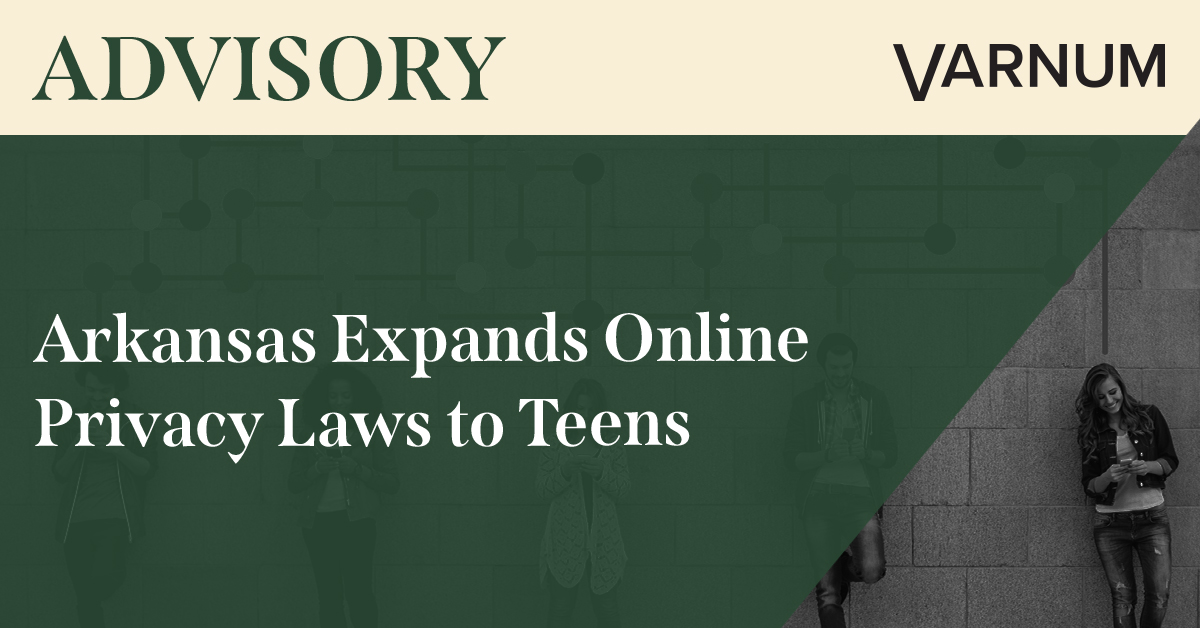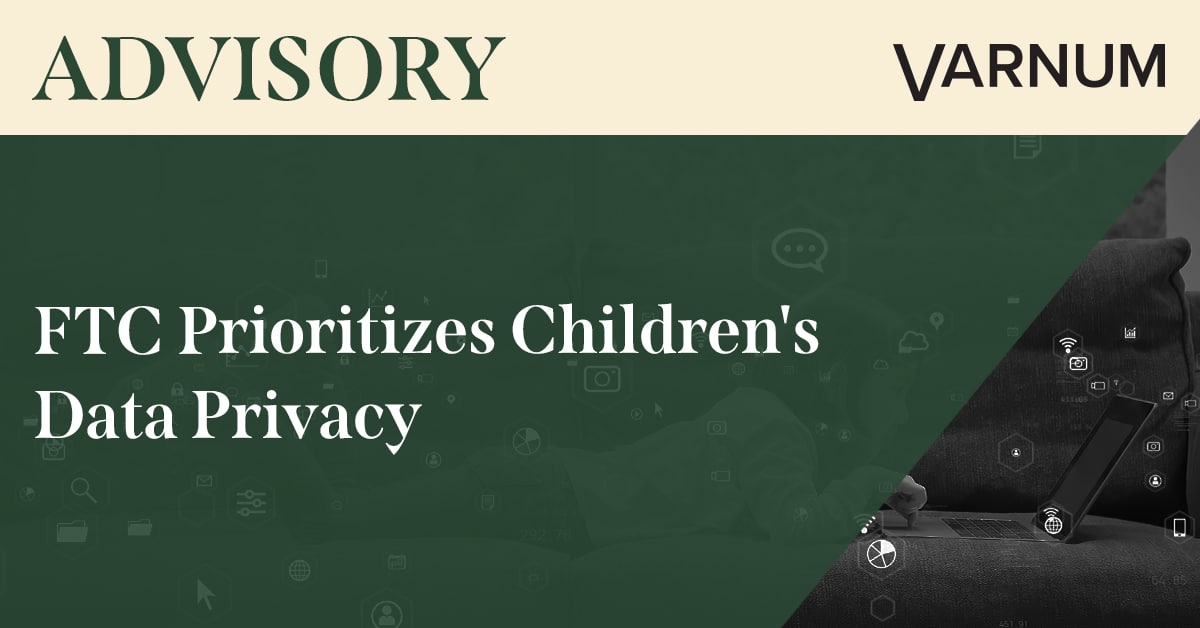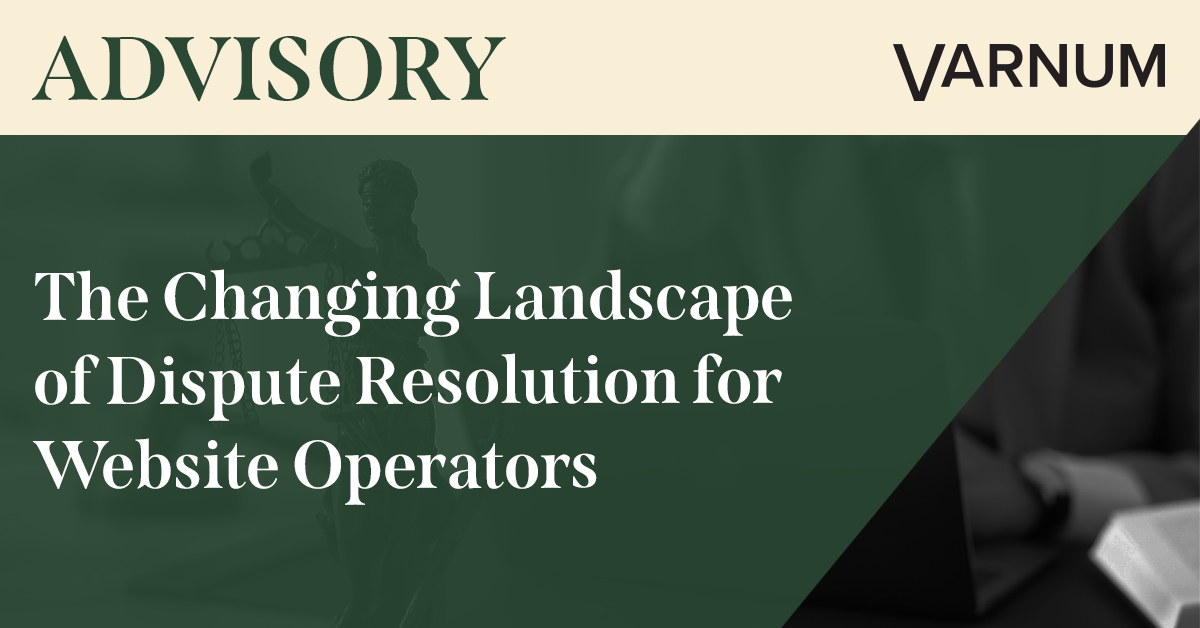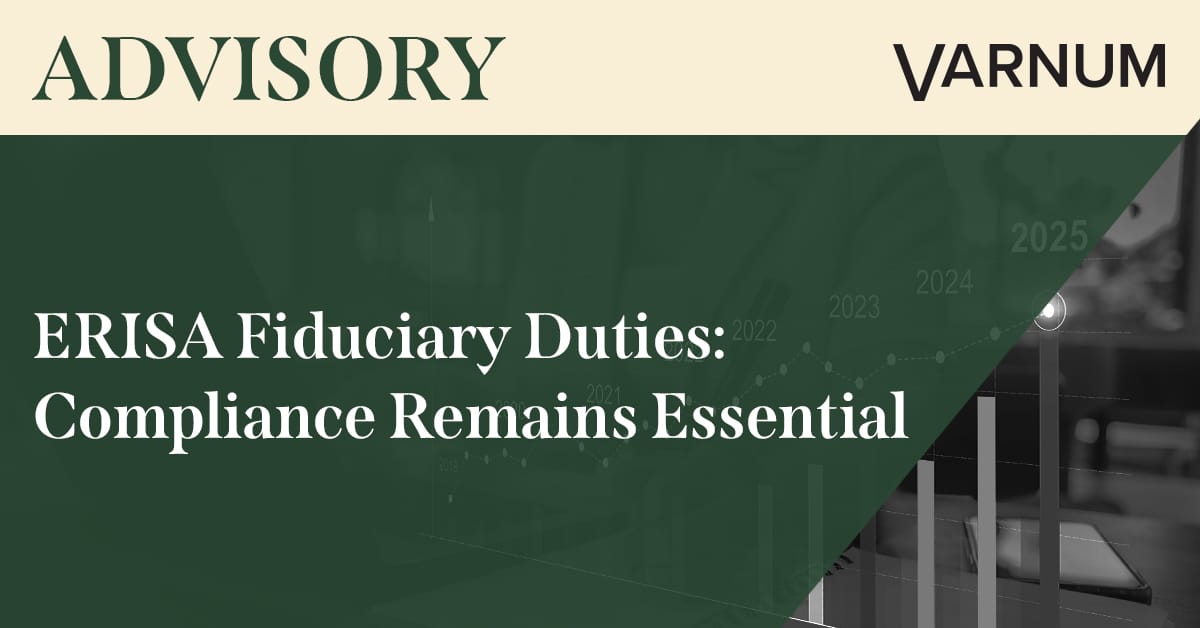If your company is preparing to raise its first round of institutional capital, congratulations. That’s a major milestone. At this stage, it’s critical to ensure that both you and your prospective investors are aligned on the structure and terms of the investment. That’s where a term sheet comes in.
In this comprehensive guide, we’ll explore:
- Why the name of the financing round (for example, “seed” vs. “Series A”) matters
- Key differences between Seed and Series A financing
- What is typically included in an early-stage equity financing term sheet
- What founders should look out for when issuing preferred stock
Why the Name of the Round Matters
The name of your financing round is more than a formality, it sets expectations.
- Seed Round: suggests your company is in the early stages of development, likely pre-revenue or just beginning to gain traction.
- Series A Round: implies more maturity, such as a validated product, growing user base, and early revenue, indicating the company is ready to scale.
Investors often rely on these labels to assess your company’s progress, risk profile, and potential return. Choosing the right naming convention can help manage expectations and align your fundraising strategy with industry norms.
Seed vs. Series A Financing: Key Differences
A seed financing round typically follows friends-and-family or angel investments and represents the first institutional capital. Investors in these rounds may include angel investors, seed-stage venture firms, or angel groups. Key characteristics of a seed round include:
- Smaller investment amounts (typically $500,000 to $2 million)
- Simpler deal terms
- Fewer governance rights and investor protections
Even if a seed round’s structure resembles a Series A, especially if you’re issuing equity rather than SAFEs or convertible notes, founders often prefer to use the “seed” label. Why? It allows the company to reserve the “Series A” designation for a future round, ideally at a higher valuation once the business has matured.
Series A Financing Overview
Series A financing generally follows a successful seed round and is triggered once a company has achieved meaningful traction, such as strong user growth, early revenue, or product-market fit. Series A rounds are typically:
- Larger in size ($2 million to $15 million or more)
- Led by institutional venture capital firms
- Structured with more complex terms, such as:
-
- Board representation
- Liquidation preferences
- Anti-dilution protections
At this stage, the company is transitioning from startup to scale-up.
What is Included in an Early-Stage Term Sheet?
While the specifics vary depending on investors and company leverage, most early-stage preferred stock term sheets include the following key provisions:
Price Per Share / Pre-Money Valuation
The term sheet will often include either a price per share or a pre-money valuation from which the price per share is calculated. While a higher valuation might seem ideal, it can also mean higher expectations, greater pressure to grow rapidly, and more difficult future funding rounds.
A higher valuation only benefits founders if it’s realistic and paired with founder-friendly terms. It’s essential to evaluate the entire term sheet, not just the headline valuation.
For more on this topic, check out our related advisory: Understanding Pre-Money vs. Post-Money Valuation.
Maximum Offering Amount
This is the total amount of capital the company aims to raise in the round. Along with the valuation, it helps investors calculate the ownership percentage they’ll receive if the round is fully subscribed. The number should balance capital needs, dilution tolerance, and investor interest.
Offering Period
The offering period defines the window in which shares may be sold, ensuring the financing doesn’t remain open indefinitely. This is important because the company’s valuation may change significantly over time.
Liquidation Preferences
In the event of a liquidity event such as a sale, IPO, or liquidation, preferred shareholders typically have two options:
- Receive their original investment before common shareholders receive any proceeds; or
- Convert their preferred shares to common stock and participate in the distribution on an as-converted basis.
In some cases, investors receive both: their initial investment plus a share in the remaining proceeds (“participating preferred” stock). While this was more common in earlier markets, non-participating preferred has become more standard in later-stage deals or more competitive fundraising environments.
Anti-Dilution Provisions
These provisions protect investors from dilution if the company raises capital in a down round, at a lower valuation than the previous round. Two common structures are:
- Weighted Average: More founder-friendly; adjusts the conversion price proportionally.
- Full Ratchet: More investor-protective; resets the conversion price to match the new round.
The terms used often reflects the company’s stage and the negotiating power of each party.
Board Representation
Investors often negotiate for the right to appoint one or more members to the company’s board of directors. It’s common for both preferred and common shareholders to appoint directors, with remaining board seats filled by mutual agreement.
Voting Rights
Term sheets typically specify how preferred shares vote, often alongside common shares on a one-vote-per-share basis. In certain cases, preferred holders may vote separately on key issues.
Some term sheets also include protective provisions that require majority approval from preferred shareholders or their board representatives. These provisions give preferred shareholders a type of veto power over certain company actions, such as issuing new equity, selling the company, or amending the certificate of incorporation.
Participation Rights
Preferred investors almost always receive a right of first refusal to purchase their pro-rata share in future fundraising rounds. This helps protect their ownership from dilution.
Other Common Term Sheet Provisions
Additional rights commonly found in term sheets include:
- Drag-along and Tag-along Rights – Govern how shareholders participate in company sales
- Registration Rights – Important in the context of a future IPO
- Dividend Rights – Determine how and when dividends are paid to preferred holders
- Conversion Rights – Allow preferred shares to convert to common stock at a preset ratio
A full explanation of these terms is beyond the scope of this guide, but founders should be aware of their presence and potential impact.
Term sheets often include a provision requiring the company to reimburse the lead investor’s legal fees, usually subject to a cap (e.g., $25,000 to $50,000). This is standard practice and should be factored into your fundraising budget.
Final Thoughts for Founders
Term sheets for preferred stock equity financings can vary significantly based on the company’s stage, investor preferences, and market conditions. However, the concepts outlined in this guide represent the core elements that startups are likely to encounter when negotiating early-stage investment deals.
If you have questions about any of these provisions, or if you’re preparing to raise capital and need support negotiating a term sheet, reach out to a member of Varnum’s Venture Capital and Emerging Companies Practice Team. We’re well-equipped to provide strategic, practical advice tailored to your company’s goals.







